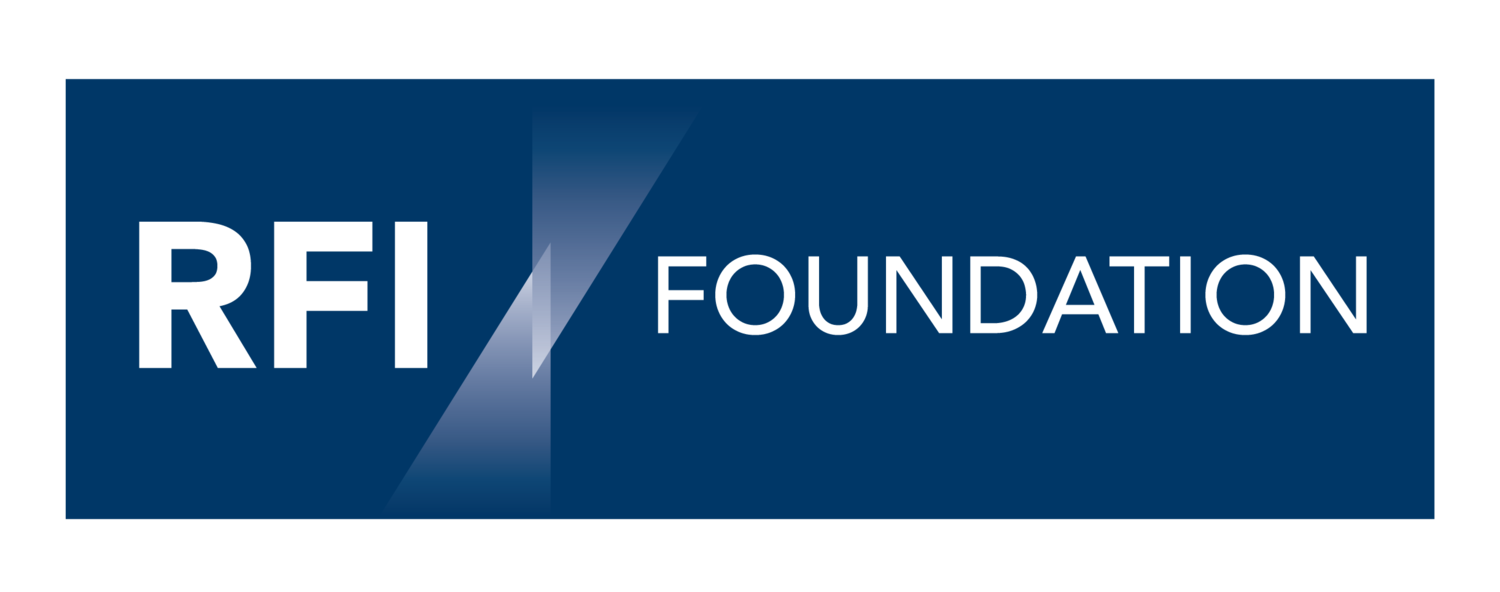Understanding Climate Risks in the Financial System of the United Arab Emirates
By Blake Goud and Dr. Eman Tabet
Summary
This is the third in a series of reports looking at the exposure of financial sectors in Islamic markets to financed greenhouse gas emissions. We aim to show the potential costs that financial institutions have embedded as a result of treating GHG emissions as an externality rather than directly recognized costs.
Over time, these costs will become internalized, whether directly through carbon taxes on production or through international trade. The UAE has a Green Agenda to promote the development and adoption of green technology. Other efforts initiated within individual emirates have been adopted nationally, including the Guiding Principles on Sustainable Finance launched in 2020.
Within the United Arab Emirates, as in many emerging markets, the financial sector is tilted heavily towards banks. Although these banks have more embedded financed emissions, the pace of adoption of climate risk assessment and mitigation is slower than in the capital markets.
The role of banks is heightened because of the core part they play in providing financing to different parts of the economy. The breadth of their connection across the economy means their greatest impact will not come from taking a sector-by-sector perspective, although that may be a starting point for initial development of green financing products.
Banks’ diverse exposure, including across commercial sectors and through providing financing for households, provides them with the ability to increase their impact with a more systemic approach. For example, consider the shift in energy generation, where the UAE’s National Energy Strategy calls for a 70% reduction in emissions relating to power generation by 2050.
A bank can contribute towards the national target and reduce its exposure to GHG emissions by financing renewable energy projects. This provides one way to directly create an impact and reduce financed emissions risk. However, the impact may be limited if electricity demand is growing rapidly. The new power-generating capacity may primarily be used to meet new demand. If the bank also engages with its customers in manufacturing and construction and finances energy efficiency improvements, this would have another direct impact on those sectors but also lead to greater impact on replacing high GHG emitting power-generation sources.
This is what we measure in terms of directly and indirectly financed emissions. It is a reflection of a look through the direct sources of emissions to find what sources of underlying demand they are responding to. The analysis is the same whether a bank is conventional or Islamic, but what we do find is that there are some differences in sector concentration.
In particular, Islamic banks have more concentrated exposure on the commercial banking side, and have a significant share of household financed emissions. These are not directly comparable with one another because we conducted the analyses separately to avoid double-counting emissions in each case, but the interlinkages are present in a similar way as in commercial banking.
For example, there are significant aggregate emissions in financing provided to households, just as there are significant GHG emissions within the construction sector. There is also significant emissions intensity (emissions per dirham of financing) in household financing of vehicle purchases.
Recommendations
Financial institutions and investors should conduct regular assessments of their own GHG emissions exposure to incorporate into their risk management & strategy
Financial institutions should begin reporting climate-related risks based on the recommendations of the TCFD and develop tools to support customer emissions reporting, including by joining initiatives such as the Partnership for Carbon Accounting Financials (PCAF)
Islamic banks that are windows within conventional banks should identify where their GHG emissions footprint differs from the conventional bank’s and ensure it is addressed in overall group sustainable finance policies
Banks should develop priorities for customer nurturing to find new financing opportunities and promote more capital markets issuance of use-of-proceeds sustainable instruments
Regulators should support development of a green taxonomy, conduct climate-related financial risk stress-testing, and support development of science-based pathways to the issuance of sustainability-linked and transition bonds and sukuk
Regulators and government ministries should consider joining international networks such as the Network for Greening the Financial System (NGFS) and International Platform on Sustainable Finance (IPSF) to access other resources that can benefit the UAE’s financial sector
Download the report
When you click “Download”, you will receive a copy of the report. If you clicked the box to subscribe to our email newsletter, you will be added to our mailing list. You can easily unsubscribe at any time using the unsubscribe link included with every newsletter. See our privacy policy for more information.

